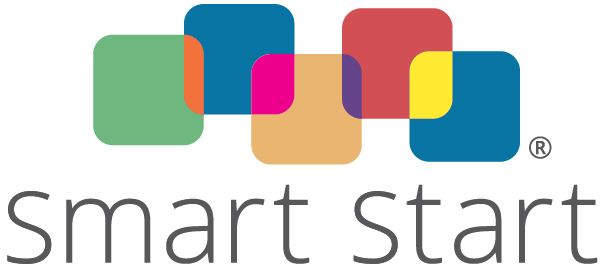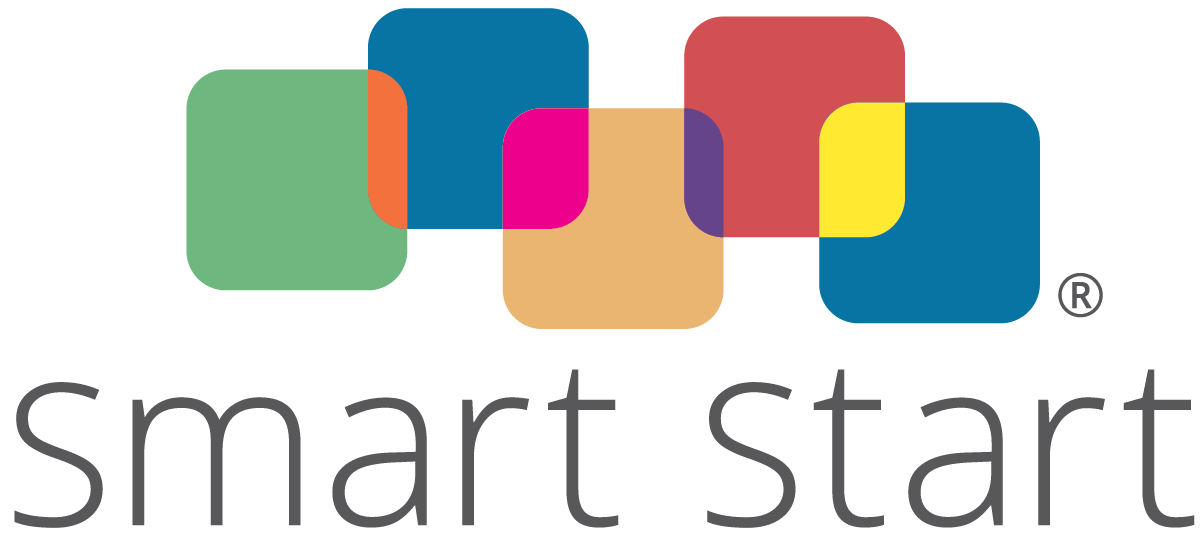Conditions for Success
When evaluating an organization for successful family engagement and leadership, there are key elements that must be present in order for positive outcomes in the lives of families and their children. Work must be family-centered because families are at the core of the community.
When children and families’ health and well-being is taken into consideration and valued, the community as a whole benefits. When support is designed to provide a fair opportunity to all and is proactive and strategic, it can better support children and families.
In order to achieve success, work must be collaborative and transparent- families must be included in co-designing programs and knowledgeable about the steps being taken as change is being made possible with, and not for families.



